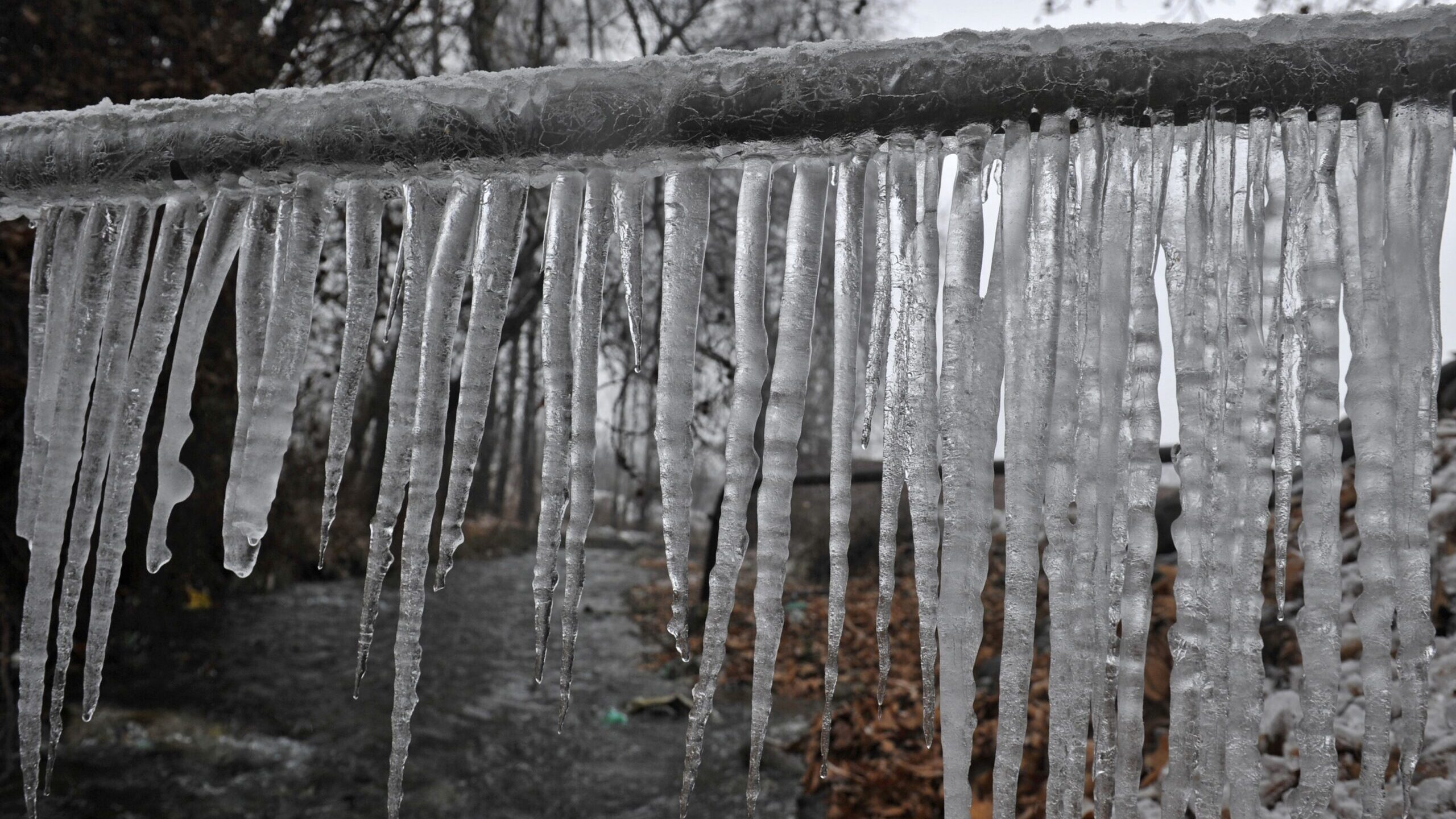Tips to Maintain Pipes from Cold Weather Issues: Crucial Guidance
Tips to Maintain Pipes from Cold Weather Issues: Crucial Guidance
Blog Article
They are making a number of good points on Preventing and dealing with frozen pipes overall in this great article in the next paragraphs.

Winter can wreak havoc on your pipes, particularly by freezing pipelines. Here's exactly how to prevent it from occurring and what to do if it does.
Intro
As temperatures decline, the risk of icy pipelines increases, possibly leading to expensive repair work and water damages. Recognizing just how to avoid icy pipelines is vital for property owners in cold environments.
Prevention Tips
Protecting vulnerable pipelines
Cover pipes in insulation sleeves or utilize warmth tape to safeguard them from freezing temperature levels. Focus on pipes in unheated or outside locations of the home.
Heating techniques
Keep indoor rooms properly heated up, specifically locations with pipes. Open cabinet doors to allow warm air to distribute around pipes under sinks.
Exactly how to determine icy pipelines
Try to find reduced water circulation from faucets, unusual odors or noises from pipes, and noticeable frost on subjected pipelines.
Long-Term Solutions
Structural adjustments
Consider rerouting pipelines far from outside walls or unheated areas. Include additional insulation to attic rooms, cellars, and crawl spaces.
Upgrading insulation
Purchase top quality insulation for pipelines, attics, and wall surfaces. Proper insulation assists keep constant temperature levels and decreases the danger of icy pipes.
Securing Exterior Plumbing
Yard hoses and outside taps
Detach and drain yard pipes prior to wintertime. Set up frost-proof spigots or cover exterior taps with protected caps.
Understanding Icy Pipes
What creates pipelines to ice up?
Pipes ice up when subjected to temperature levels below 32 ° F (0 ° C) for expanded periods. As water inside the pipelines freezes, it broadens, taxing the pipe walls and possibly causing them to rupture.
Threats and damages
Frozen pipes can bring about supply of water interruptions, residential or commercial property damages, and pricey repairs. Burst pipes can flood homes and cause extensive architectural damages.
Indications of Frozen Pipeline
Identifying icy pipes early can prevent them from breaking.
What to Do If Your Pipelines Freeze
Immediate actions to take
If you suspect icy pipes, keep taps available to relieve pressure as the ice thaws. Use a hairdryer or towels taken in warm water to thaw pipes gradually.
Verdict
Preventing frozen pipelines requires positive actions and quick responses. By comprehending the reasons, indicators, and preventive measures, house owners can shield their pipes throughout winter.
5 Ways to Prevent Frozen Pipes
Drain Outdoor Faucets and Disconnect Hoses
First, close the shut-off valve that controls the flow of water in the pipe to your outdoor faucet. Then, head outside to disconnect and drain your hose and open the outdoor faucet to allow the water to completely drain out of the line. Turn off the faucet when done. Finally, head back to the shut-off valve and drain the remaining water inside the pipe into a bucket or container. Additionally, if you have a home irrigation system, you should consider hiring an expert to clear the system of water each year.
Insulate Pipes
One of the best and most cost-effective methods for preventing frozen water pipes is to wrap your pipes with insulation. This is especially important for areas in your home that aren’t exposed to heat, such as an attic. We suggest using foam sleeves, which can typically be found at your local hardware store.
Keep Heat Running at 65
Your pipes are located inside your walls, and the temperature there is much colder than the rest of the house. To prevent your pipes from freezing, The Insurance Information Institute suggests that you keep your home heated to at least 65 degrees, even when traveling. You may want to invest in smart devices that can keep an eye on the temperature in your home while you’re away.
Leave Water Dripping
Moving water — even a small trickle — can prevent ice from forming inside your pipes. When freezing temps are imminent, start a drip of water from all faucets that serve exposed pipes. Leaving a few faucets running will also help relieve pressure inside the pipes and help prevent a rupture if the water inside freezes.
Open Cupboard Doors
Warm your kitchen and bathroom pipes by opening cupboards and vanities. You should also leave your interior doors ajar to help warm air circulate evenly throughout your home.

Do you enjoy reading up on Preventing and dealing with frozen pipes? Try to leave a remark further down. We would be glad to find out your ideas about this entry. We hope that you visit us again later on. Are you aware of anybody else who is very much interested in Helpful Tips to Prevent Frozen Pipes this Winter? Why not share it. Many thanks for taking the time to read it.
Click Here Report this page